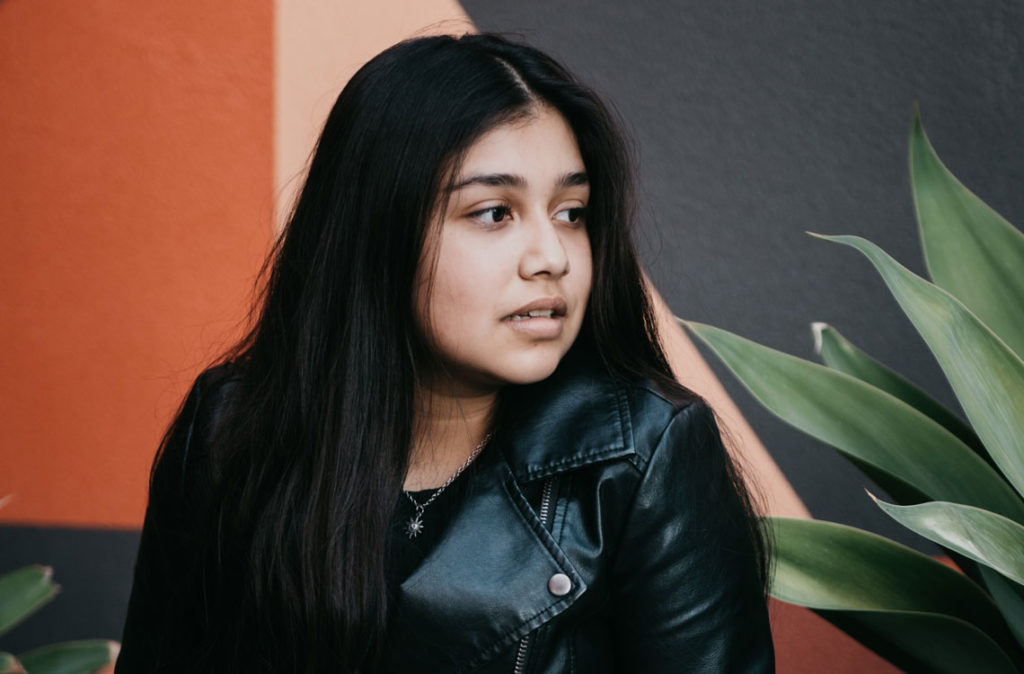
A bystander is someone who 'stands by' and watches something happen - like bullying - without doing anything to stop it. However, it can be a lot more complicated than that...
It’s never easy to see or hear someone being bullied. In fact, regardless of your age, it can be quite upsetting.
However, it can also cause a self-survival instinct to kick in. Namely, the feeling of, ‘I wish that wasn’t happening to that person but I don’t want it to happen to me either’.
And unfortunately, this is the case for many children who witness bullying at school or in social situations among their peers.
They want to help but feel that if they do, there’s a chance they might become a target for the bullies as well.
This is a very understandable feeling but it means that bullying can go on and those in the middle of it will continue to suffer.
Understanding bullying
Bullying can happen to anyone at any age. It can happen in a variety of places – in school, on the way to and from school, in your neighbourhood or even at home on a child’s phone or other connected device.
Within any bullying situation there is the bully (or bullies), the target(s) and the bystander(s), i.e. those who are aware of what is happening but don’t intervene in any way.
Some bystanders encourage the unfair behaviour and cause increased torment for the person being bullied by laughing, cheering or making comments that further stimulate the bully.
Here are a few reasons why children and young people can be reticent when it comes to reporting bullying behaviour, even if they know it’s the right thing to do:
They worry about being labelled a ‘snitch’ or ‘tattle tale’
They fear retribution – by reporting the bullying they will become a target themselves
They’re not sure what to do or say for the best
They think that telling an adult or interfering could make the situation worse
They don’t want to draw attention on themselves
The power of the bystander
Most bystanders accept bullying by watching and doing nothing. These passive bystanders provide the audience a bully craves and the silent acceptance that allows them to continue their reign of terror.
However, bystanders have the power to play a key role in preventing or stopping bullying.
They can do this by:
Directly intervening in a bullying situation
Discouraging the bully
Defending the target
Redirecting the situation away from bullying
Rallying support from their peers to stand up against bullying or by reporting the bullying as a group to a trusted adult.
All these options are very positive and can help to bring it to a stop.
It is vital that, as a trusted adult in their life, you teach the children in your care that putting a stop to bullying is the right thing to do.
It is not ‘telling tales’ and could make a life-changing or even life-saving difference to the mental health of the person being bullied.
